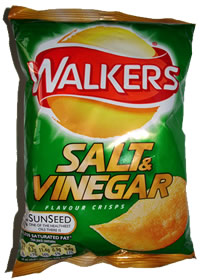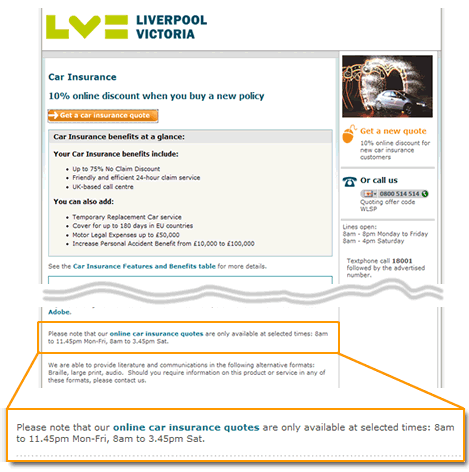Friday evening, the train is pulling into East Croydon railway station. There’s an announcement.
We are now approaching East Croydon, please mind the gap between the train and the platform. Don’t leave any of your belongings behind…
The usual scripted stuff. Then…
Hey! I’ve just realised its Friday! The Weekend is here.
People on the carriage look up. Did he really say something, that’s something that breaks the mundane monotony of the commute.
Remember folks, drink sensibly!
I looked around and people on the carriage were smiling. An unscripted, personal touch. It wasn’t a canned message from an anodyne voice. For a brief moment South Eastern Railways became really human. It made commuters smile. And commuters travelling into East Croydon rarely have anything to smile at.
There is more to Customer Experience than homogeneity and consistency in interactions. It is more than scripting customer contacts. It is more than sheepishly adhering to the corporate line. It is about empowering employees to have the confidence to be human. It is giving employees some degrees of freedom to do things differently if it is in the interest of the customer. To be spontaneous.
There’s the story of the Ritz-Carlton bell boys being given a budget to help customers. To be spontaneous without having to jump through hoops of approval. No “I’m not really sure, wait a minute and I’ll ask my supervisor (because even though I’m grown-up enough to want to help you the Rules by which I’m employed don’t let me)”.
Maybe I’m getting a bit carried away. But customers remember these human touches. And if they have the seed of a positive emotion planted in their memory, an emotion associated with your brand, you have the seed to grow lifetime value.





